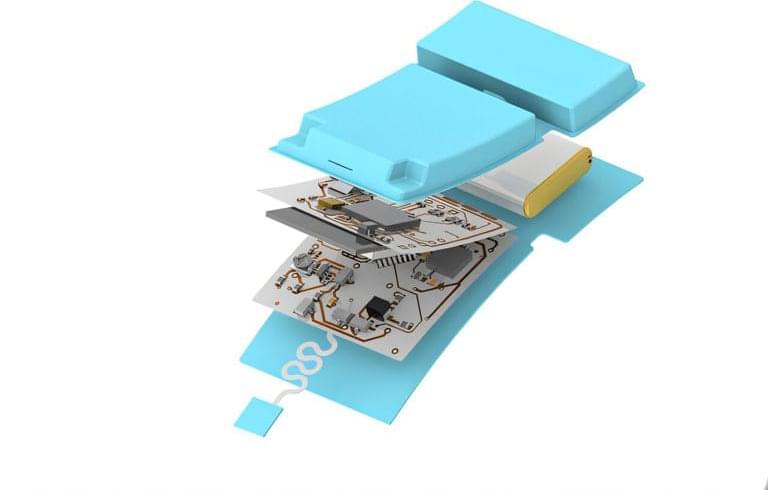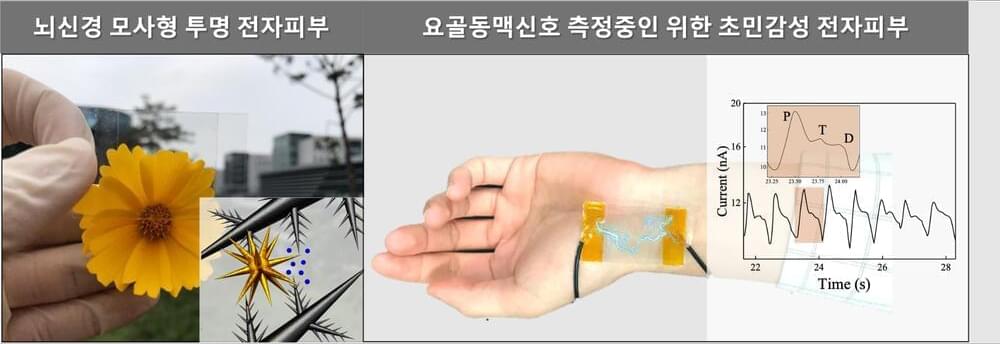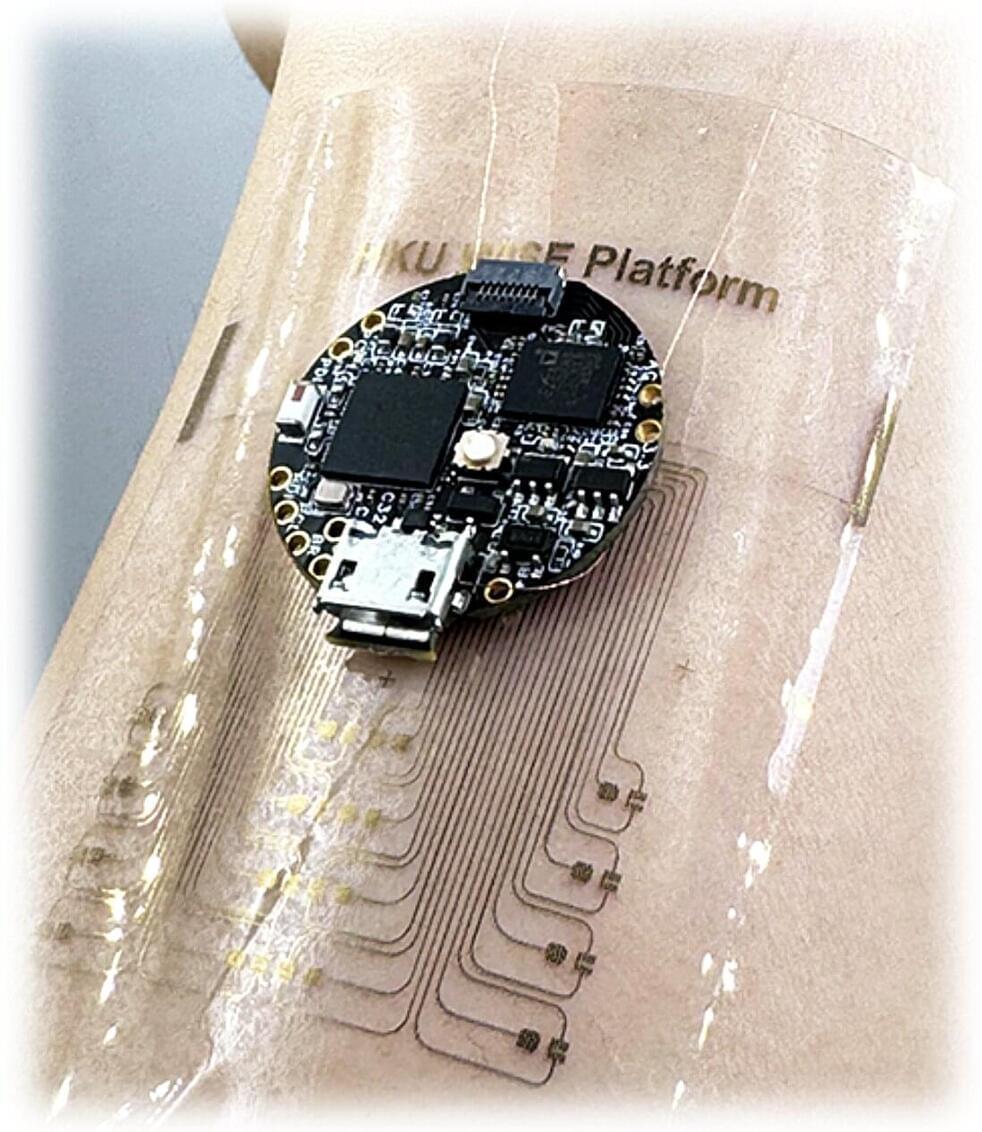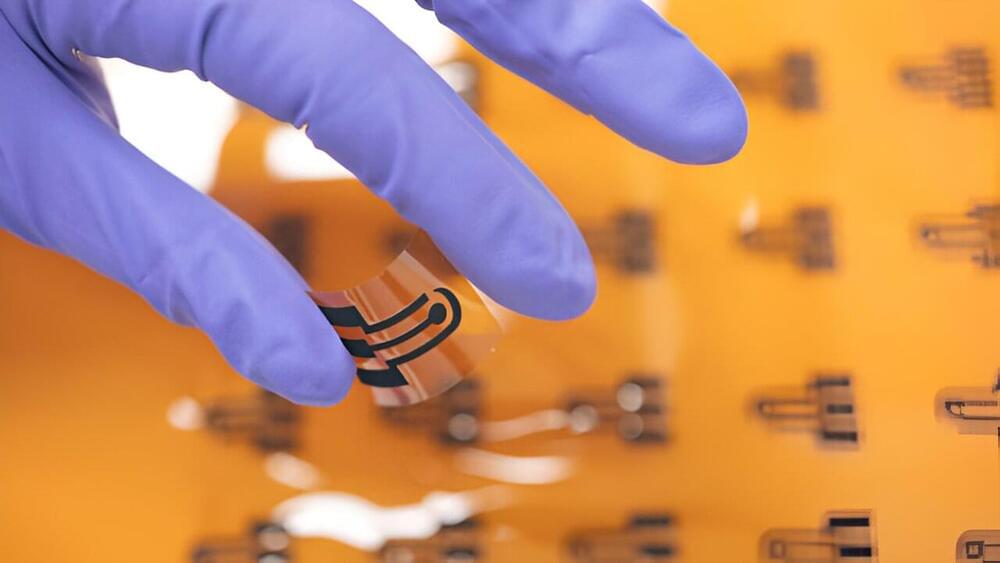A key challenge in the effort to link brain activity with behavior is that brain activity, measured by functional magnetic resonance imaging (fMRI), for instance, is extraordinarily complex. That complexity can make it difficult to find recurring activity patterns across different people or within individuals.
In a new study, Yale researchers were able to take fMRI data, reduce its complexity, and in doing so, uncover stable patterns of activity shared across more than 300 different people. The findings, researchers say, are a promising step forward in uncovering biomarkers for psychiatric disorders.
The study was published Sept. 24 in the journal PLOS Biology.






